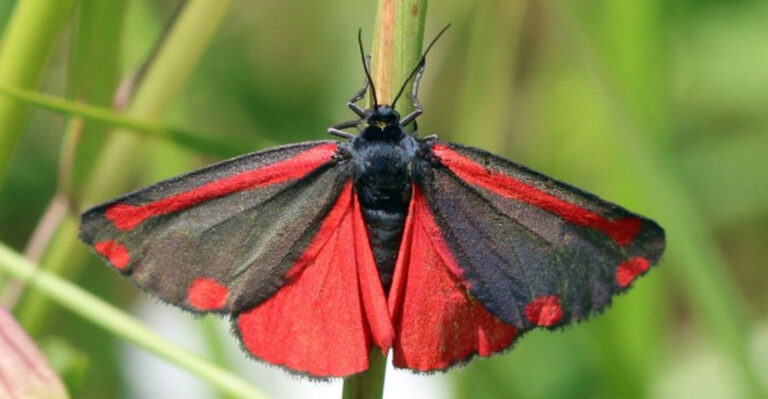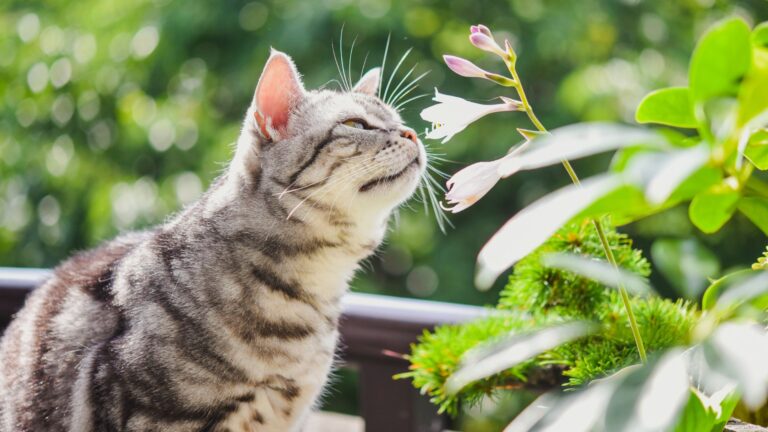10 Truths About White-Tailed Deer And 7 Myths That Still Persist
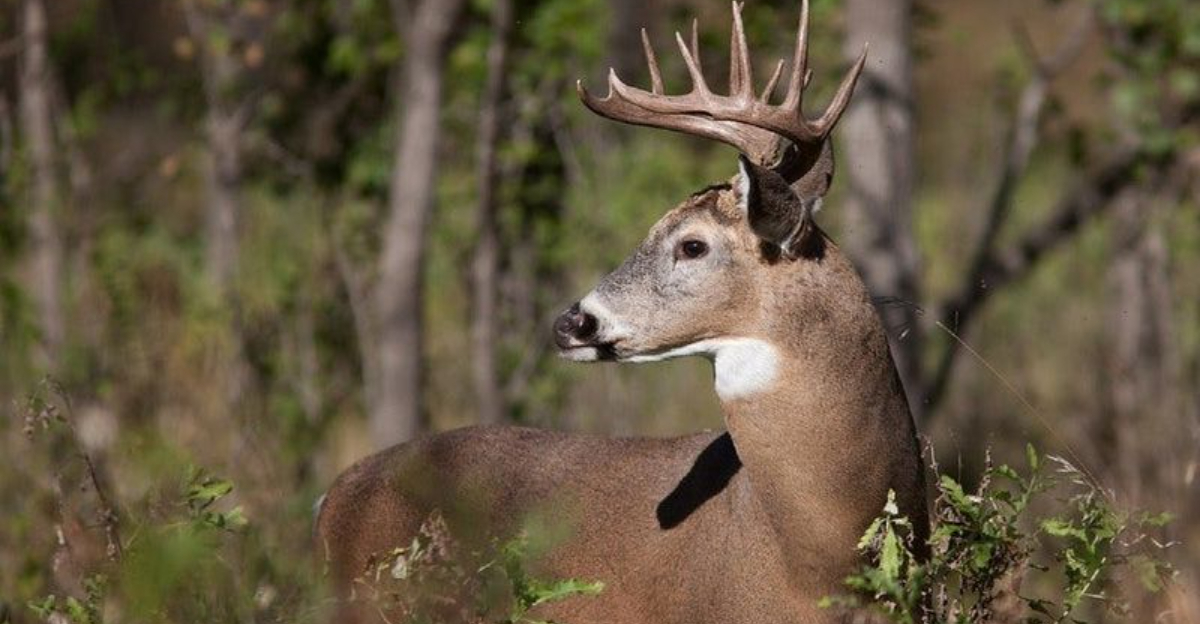
White-tailed deer are one of the most iconic and widespread species in North America, admired for their beauty, agility, and fascinating behaviors. However, as with many animals, there are numerous misconceptions about them that continue to persist.
From their eating habits to their behavior in the wild, many myths about white-tailed deer have been passed down through generations.
Whether you’re a seasoned wildlife observer or a curious nature lover, these facts and myths will give you a deeper understanding of one of North America’s most beloved animals.
1. Incredible Jumpers That Clear 8-Foot Fences
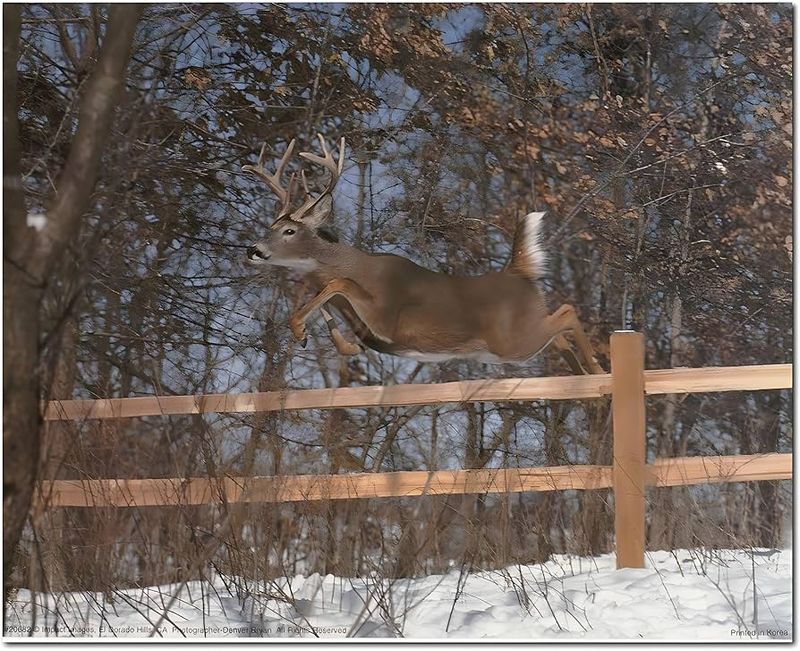
Those delicate-looking legs pack serious power! White-tailed deer can leap over obstacles nearly eight feet tall and jump spans up to 30 feet in a single bound.
This remarkable ability helps them escape predators and navigate through forests filled with fallen trees and ravines. No wonder your garden fence seems like a minor inconvenience to them!
2. Four-Chambered Stomach Specialists

Ever wonder how deer survive on twigs and leaves? Their four-chambered stomach works like a natural food processor, breaking down tough plant material most animals can’t digest.
They’ll often eat quickly, then retreat to safety before “chewing their cud” – regurgitating partially digested food for further chewing. This efficient system helps them extract maximum nutrition from fibrous forest fare.
3. Masters Of Seasonal Wardrobe Changes
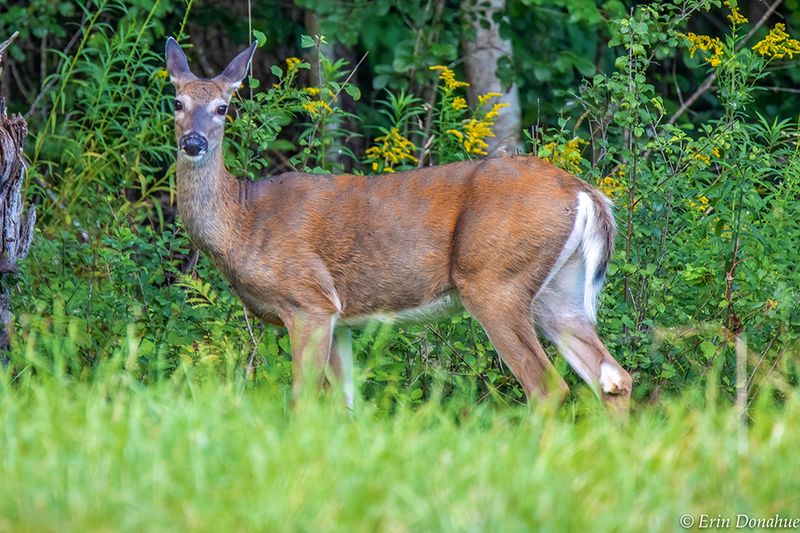
Fashion-forward without trying, deer swap outfits twice yearly! Summer brings a sleek, reddish-brown coat that helps with heat regulation and camouflage among sun-dappled forests.
Winter transforms them with thick, grayish-brown fur containing hollow hairs that trap air for superior insulation. This natural adaptation keeps them comfortable through freezing temperatures without a single sweater!
4. Antlers Are Bone, Not Horn

Unlike permanent horns, antlers are the fastest growing tissue in any mammal – sometimes adding up to an inch per day! These bony growths are shed and regrown annually, requiring massive calcium and mineral resources.
Only males typically grow them, using these impressive racks to attract mates and battle rivals. Once shed, antlers rarely last long in the wild as rodents quickly consume them for nutrients.
5. Fawns Are Born Scent-Free
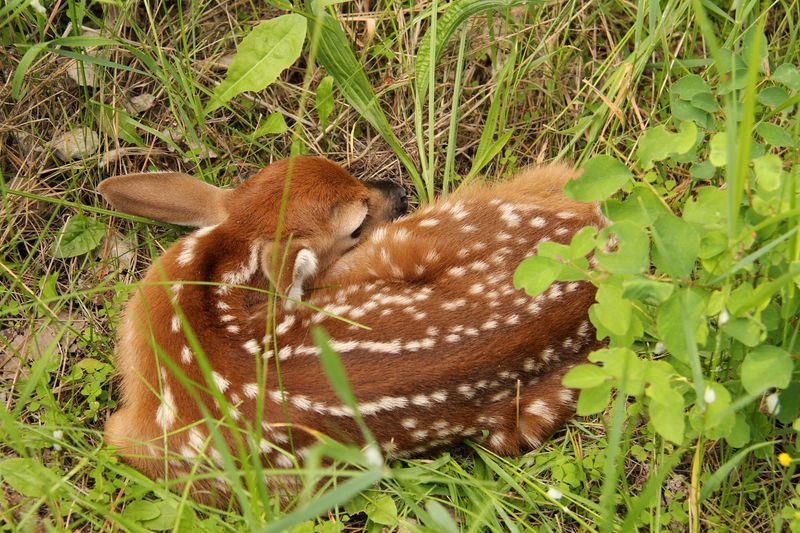
Fresh into the world, newborn fawns arrive with virtually no body scent – nature’s clever defense against predators with keen noses. Mom reinforces this by eating the birth materials and keeping her distance except during nursing.
Those adorable spots aren’t just cute – they create a dappled pattern that blends perfectly with sunlight filtering through leaves. This natural camouflage helps them vanish while lying motionless in vegetation.
6. Eyes That See In Near-Darkness
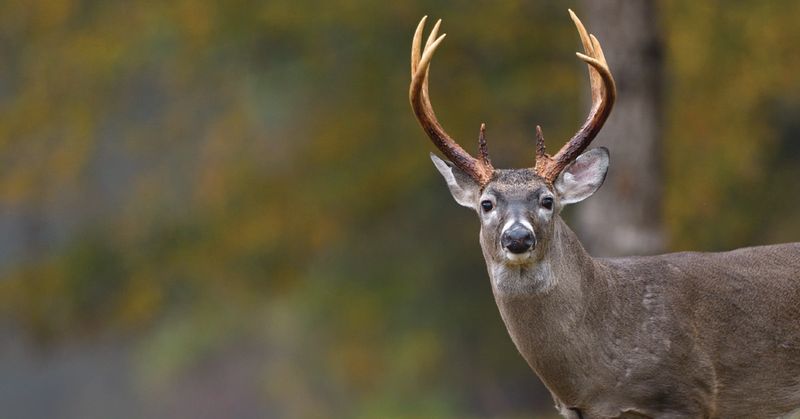
Forget night vision goggles – deer have natural ones built in! Their eyes contain a special reflective layer called the tapetum lucidum that amplifies available light.
This gives them vision roughly 18 times more sensitive than human eyes in low-light conditions. Their pupils open extra-wide too, helping them navigate and spot predators during dawn and dusk when they’re most active.
7. Tail Signals Work Like Warning Flags
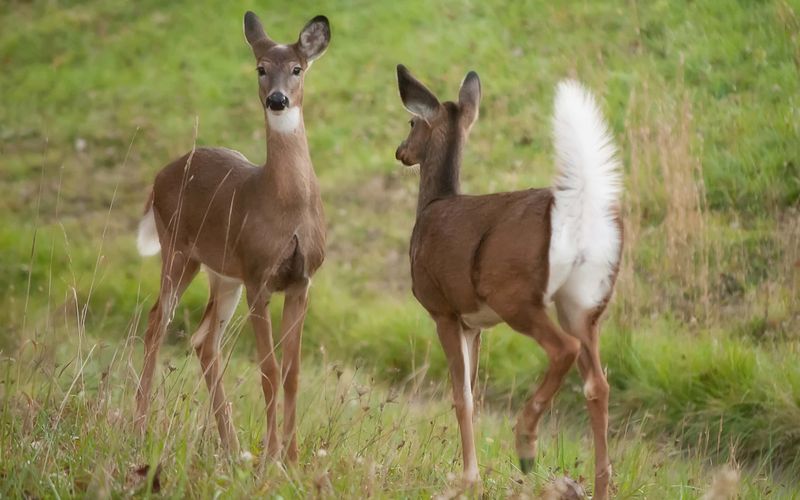
That iconic white tail isn’t just for show – it’s a sophisticated communication system! When alarmed, deer raise their tails to expose the bright white underside, creating a visual alarm that can be seen from long distances.
This “flag” alerts other deer to potential danger. Experienced hunters know that a raised tail often means their cover is blown and the deer is about to disappear into the brush.
8. Super Sniffers That Detect Danger From Half A Mile
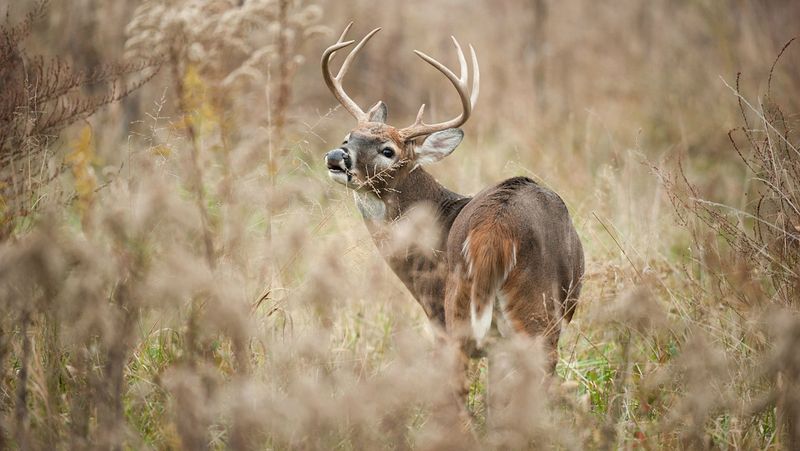
Their nose power would make a bloodhound jealous! White-tailed deer can detect predator scents from up to half a mile away under ideal conditions.
With over 300 million olfactory receptors (compared to our measly 5 million), they can even detect human scent on leaves touched days earlier. This incredible sense helps them avoid hunters and find food buried under snow or soil.
9. Hooves That Double As Weapons

Those dainty-looking hooves pack a serious punch! When threatened, deer can rear up on hind legs and strike with their front hooves, delivering blows powerful enough to seriously injure predators or rival bucks.
Sharp edges on their hooves can slice through skin, while the hard surface delivers concussive force. Even large predators like coyotes think twice before taking on an adult deer’s defensive kicks.
10. Hearts Built For Endurance And Speed

Beneath that chest beats an athletic marvel! A deer’s heart is proportionally larger than many mammals, allowing them to sustain speeds of 30 mph and sprint up to 40 mph when necessary.
Their cardiovascular system efficiently delivers oxygen to hard-working muscles during escape runs. Even more impressive, they can maintain a 30 mph pace for several miles without tiring – leaving most predators in the dust.
11. Myth: Deer Only Eat Plants And Vegetables
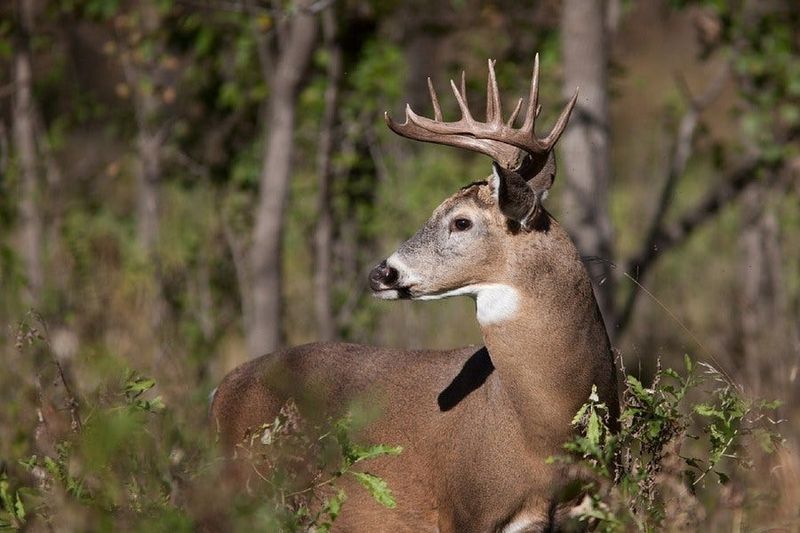
Surprise! These supposed vegetarians occasionally snack on meat. While plants make up 99% of their diet, deer have been documented eating birds, fish, and even gnawing on shed antlers and bones.
This opportunistic behavior typically happens when they need minerals like calcium and phosphorus, especially during antler growth or pregnancy. Next time someone calls them strict vegetarians, you’ll know the surprising truth!
12. Myth: A Deer’s Age Can Be Told By Antler Points

Contrary to popular belief, counting antler points isn’t a reliable age indicator. Antler size depends more on genetics, nutrition, and overall health than years lived.
A young buck with excellent food sources might sport impressive antlers, while an older deer in poor habitat could have a modest rack. The only accurate aging method involves examining tooth wear patterns – something hunters have known for generations.
13. Myth: Deer Are Colorblind
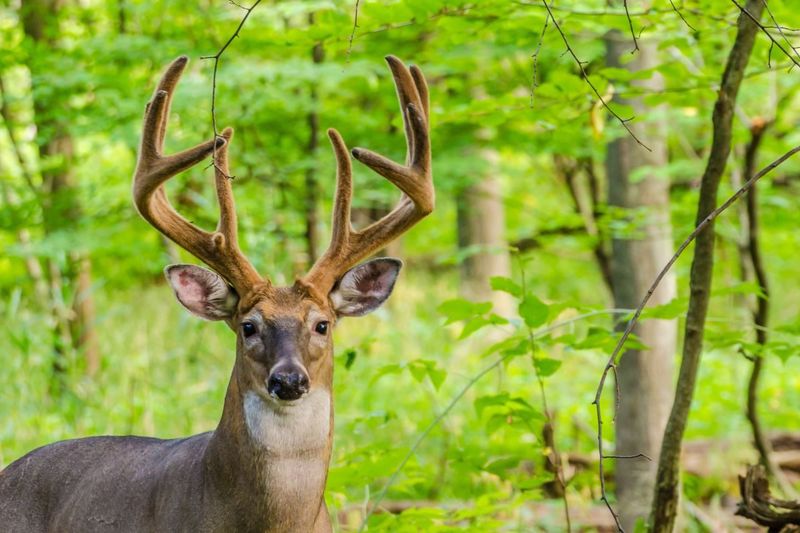
The old hunter’s tale about deer seeing only in black and white? Not quite true! Deer have dichromatic vision, meaning they see primarily blues and yellows, while reds and greens appear as shades of gray.
Their eyes contain fewer color receptors than humans but more light-gathering cells. This trade-off sacrifices some color perception for superior night vision and movement detection – a worthy exchange for survival.
14. Myth: Handling Fawns Causes Mothers To Abandon Them

Found a seemingly abandoned fawn? The common belief that touching it will cause rejection is mostly false. Deer have strong maternal instincts and excellent scent recognition of their young.
Mother deer intentionally leave fawns alone for hours while feeding, returning periodically to nurse. While it’s best to leave wildlife alone, brief human contact rarely causes abandonment – though it might attract predators to the fawn’s location.
15. Myth: Deer Are Pests With No Ecological Value

Garden-raiding habits aside, deer play crucial ecological roles! As nature’s landscapers, they shape forest composition by selectively browsing certain plants, creating habitat diversity that benefits countless species.
Their droppings fertilize soil and spread plant seeds. They’re also vital prey for predators like wolves and mountain lions, helping maintain balanced ecosystems. Even their carcasses provide essential nutrients and food for scavengers and decomposers.
16. Myth: White-Tailed Deer Are Always Skittish And Shy
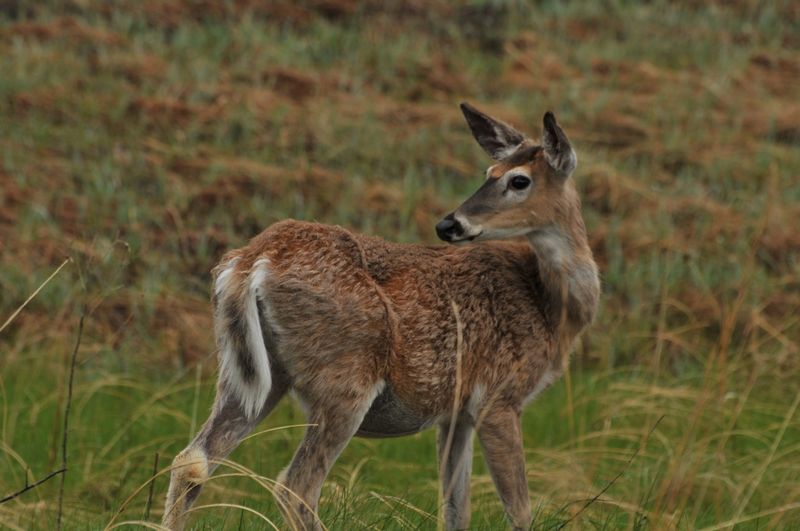
While white-tailed deer are often perceived as highly skittish and easily frightened, this isn’t always the case. In areas where they feel safe, especially in places with limited human interaction, deer can become more accustomed to humans and exhibit less fear.
In fact, some white-tailed deer can become quite curious and may approach people, especially if they associate humans with food sources. This myth stems from their natural instinct to flee from perceived threats, but it doesn’t mean they are always fearful.
17. Myth: White-Tailed Deer Are Only Active At Dusk And Dawn
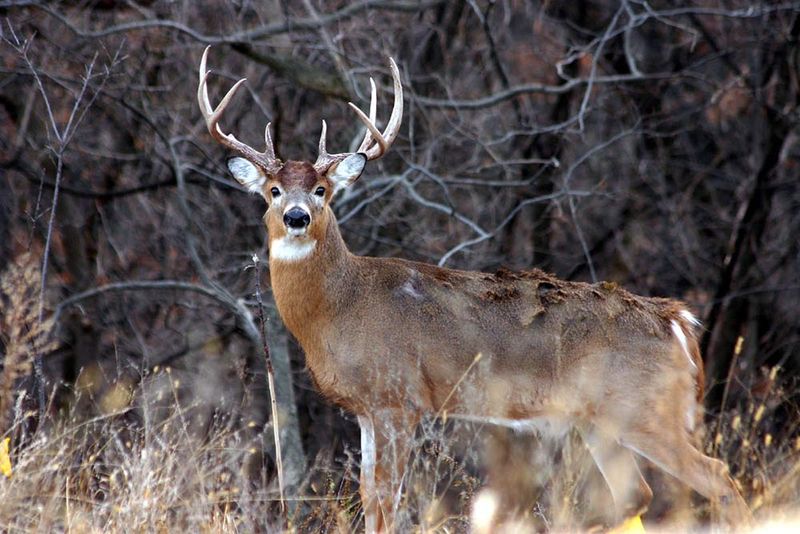
While it’s true that white-tailed deer are crepuscular animals—most active at dawn and dusk—they are also active at various times during the day and night, especially during the rut (breeding season) or in areas with low human activity.
Deer have adapted to different environments and their activity patterns can vary based on food availability, hunting pressure, and environmental conditions. Therefore, it’s not accurate to say that they are only active during twilight hours.


